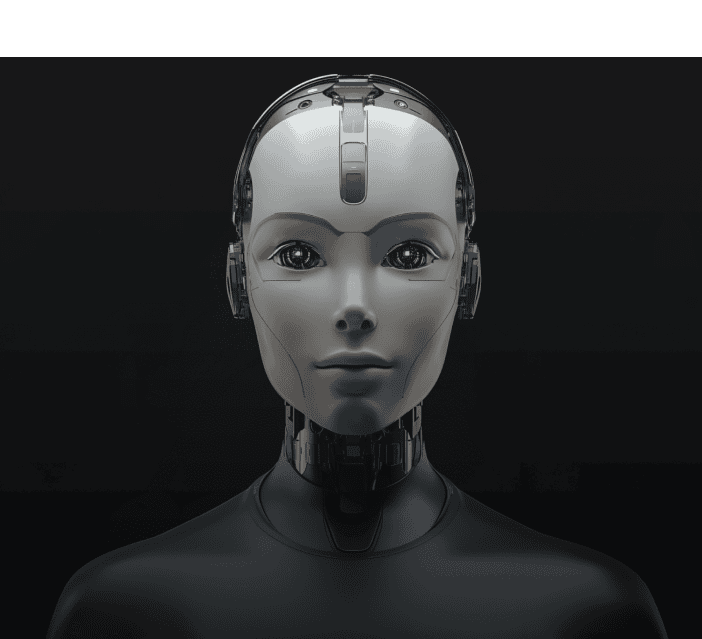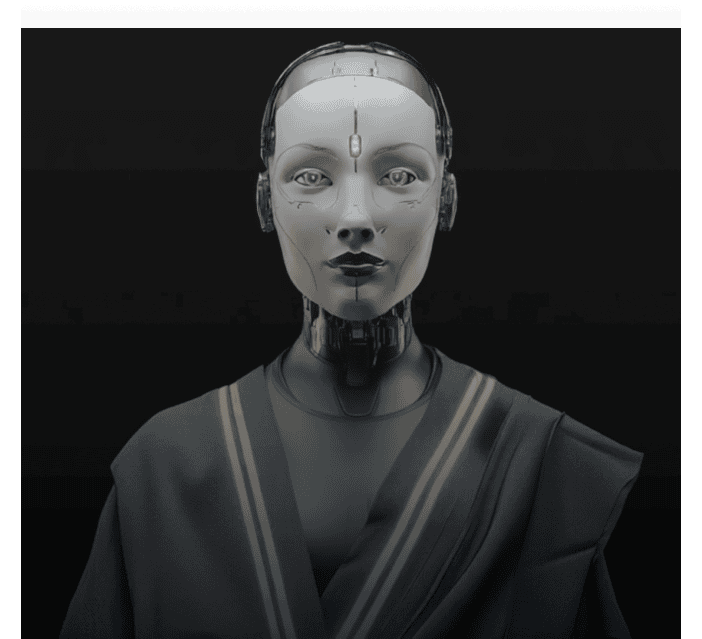The AI revolution
ForecastGPT-2.5 is WAIR's most advanced system
We understand that explaining deep learning AI is difficult. The technology is highly abstract, requiring extensive knowledge in both mathematics and AI. However, the market has proven that the benefits of deep learning AI over traditional methods are vast and are seen as the biggest game changer of the coming decades. Traditional methods such as rules, algorithms, or basic machine learning are not and won’t be able to forecast this accurate on SKU level.
Let's visualize these differences and their implications:
8 key differences between classical and deep learning forecasting
Old vs the New way
Intelligence Potential
Think of traditional forecasting as a solitary light bulb, its reach limited by the data it can access, restricting its insights to a single business’s patterns. Our unified approach is like a network of light bulbs, collectively brightening the room. This isn’t just pooling data from numerous businesses into a potent dataset, it’s unlocking vast intelligence potential.
Our model, armed with millions of parameters, deciphers complex patterns, learns from diverse businesses’ experiences, and adapts to new trends and market changes. The model learns from collective data, to understand clearly the client-specific environments. Decisions are based solely on the client’s own data, ensuring privacy.
• The old way

• The WAIR way

The future of forecasting
Data processing
and calculation
Traditional methods treat datasets separately, processing their input data linearly and independently. This can overlook complex interactions and patterns. In contrast, our deep learning AI operates on a multidimensional level, processing various data dimensions simultaneously, like time, store location, product type, price, pictures, weather forecasts, and more. It delves into how these factors interplay and impact sales. It’s like going from a straight conveyor belt to a network of interconnected pathways, capturing a holistic view of your business.
• The old way

• The WAIR way
The future of forecasting
Data diversity
Traditional models are limited in the types of data they can handle, focusing on structured, numerical data. Our deep learning AI, can process and analyze various types of unstructured data, including images, video, audio, and text (like customer reviews and product descriptions). simultaneously. This is particularly beneficial for forecasting new products, leading to a more accurate understanding of the potential.
• The old way
• The WAIR way

The future of forecasting
Feature learning
and data sources
Traditional forecasting operates like manually piecing together a complex puzzle. It relies on a limited set of factors influencing sales, selected manually from raw data. This is time-consuming and could miss significant puzzle pieces, especially when dealing with high-dimensional, complex data. A unified deep learning model acts like an efficient, precise robot assembling the puzzle. It automatically learns and selects the most relevant features from the raw data during the training process. Some puzzle parts may only come to light when clients and data sources are combined.
• The old way

• The WAIR way

The future of forecasting
Errors
and bias
Traditional methods introduce more bias and errors. They can’t see the entire elephant when using isolated business data (with low data diversity), and are limited to linear data processing. If a client only ever keeps 1 black size-M t-shirt in stock in their stores, an isolated forecasting model will never accurately predict sales when they choose to put 2 in stock. However, by leveraging the data from 50 other clients, many of which occasionally stocked 2 items, a more comprehensive and precise sales prediction can be achieved.
• The old way
• The WAIR way
The future of forecasting
Time saving,
resource-sparing
Traditional forecasting often involves laborious manual data engineering for each new data source. It requires distinct models or calculations for different forecasts. Separate tasks such as replenishment each demand their own data processing, model training, and evaluation. A unified model simplifies the forecasting process into one robust system, eliminating the need to manage multiple models. This means it can solve replenishment, redistribution and allocation problems within one system. With unified data, collective learning enables out-of-the-box solutions for new clients, drawing on already-identified patterns and trends. This removes the necessity of timely onboarding.
In essence, our unified Deep learning AI not only produces more accurate and timely forecasts but also allows you to achieve greater operational efficiency by significantly reducing the time and resources spent on forecasting tasks.”
• The old way

• The WAIR way
The future of forecasting
Multi-purpose
Traditional models are like separate tools for each task, each trained for specific types of data or tasks. However, this can cause misalignment as these individual forecasts are not harmoniously synced or aware of each other’s predictions.
Our unified model can handle various tasks. It generates specific output for different use cases, like replenishment recommendations for 7 days ahead, at every aggregation level.
• The old way

• The WAIR way
The future of forecasting
Learning capability
Traditional models are static, they do not learn or adapt over time.
Deep learning AI continuously learns and refines its predictions as new data becomes available. That new data is not only limited to your business but industry-wide. It’s like watching a tree grow and adapt to its environment over time, ensuring your business stays resilient and proactive. This accumulates to new model versions.
• The old way

• The WAIR way

• Parameters
WAIR model 2.5
WAIR model 2
WAIR model 1
Traditional machine learning
Statistics
• Parameters
Wair model 2
Wair model 1
Traditional machine learning
Statistics
• Parameters
Wair model 2
Wair model 1
Traditional machine learning
Statistics
• Parameters
Wair model 2
Wair model 1
Traditional machine learning
Statistics
Parameters
• Parameters
Wair model 2
Wair model 1
Traditional machine learning
Statistics
• Parameters
Wair model 2
Wair model 1
Traditional machine learning
Statistics
• Parameters
Wair model 2
Wair model 1
Traditional machine learning
Statistics
• Parameters
WAIR model 2.5
WAIR model 2
WAIR model 1
Traditional machine learning
Statistics
Consider parameters as the brains behind our ForecastGPT-2.5 model. These 7.5 m ‘tuning knobs’ adapt and learn from a rich, diverse dataset, discovering patterns often overlooked by humans. The greater the number of parameters, the more complex and subtle patterns it can decipher. As they adapt to new data, they fine-tune their performance over time. A model with millions of parameters, learning from a constantly updated dataset, can predict fluctuations better, ensuring more precise and dependable forecasts.
Our ForecastGPT-2.5 model uses approximately 1.7 million effective parameters, learning from our rich and diverse dataset. This exceeds the intelligence offered by the forecasting leaders in the market by over three times. It surpasses the capabilities of applications using business rules or statistical methods at a staggering amount.
Our ForecastGPT-2.5 model uses approximately 1.7 million effective parameters, learning from our rich and diverse dataset. This exceeds the intelligence offered by the forecasting leaders in the market by over three times. It surpasses the capabilities of applications using business rules or statistical methods at a staggering amount.
Our ForecastGPT-2.5 model uses approximately 1.7 million effective parameters, learning from our rich and diverse dataset. This exceeds the intelligence offered by the forecasting leaders in the market by over three times. It surpasses the capabilities of applications using business rules or statistical methods at a staggering amount.
Features
Right now, our model uses more than 100 features that we gather from your data and external data sources. The key insights often come straight from the data you already have. Or the combination of external + internal data. We bring all this data together, including details like quantity, price and locations, weather and let the model do its magic, figuring out which pieces to use for the best outcome.
We aggregate your data in many different dimensions (taxonomies). This enables the model to learn of the business as a whole. Combined with being able to locate specific patterns for 1 sku or 1 store, the model can also detect halo effects and other interactions.
Here is a grasp set of features are used in ForecastGTP-2.5.
Location, merchandise hierarchies, weather, first time sold, colour, day of the week, discount %, discount moment, seasonality, location demographics, stock, look a likes, bundles, store similarity, quantity stores, quantity sku, baskets, product descriptions, size, etcetera.
Training unified
model
Pooled data
The revolution in forecasting
Your business, supercharged. Don’t let tech overwhelm you – we’re here to guide. Schedule your meeting today to discover simplified solutions.
Let's visualize these differences and their implications:
market standard vs Deep Learning,
unified model

Intelligence Potential
Think of traditional forecasting as a solitary light bulb, its reach limited by the data it can access, restricting its insights to a single business’s patterns. Our unified approach is like a network of light bulbs, collectively brightening the room. This isn’t just pooling data from numerous businesses into a potent dataset, it’s unlocking vast intelligence potential.
Our model, armed with millions of parameters, deciphers complex patterns, learns from diverse businesses’ experiences, and adapts to new trends and market changes. The model learns from collective data, to understand clearly the client-specific environments. Decisions are based solely on that client’s data during production, ensuring privacy.
Data Processing
Traditional methods treat datasets separately, processing its input data linearly and independently. This can overlook complex interactions and patterns. In contrast, our Deep Learning AI operates on a multidimensional level, processing various data dimensions simultaneously, like time, store location, product type, price, pictures, weather forecasts, and more.
It delves into how these factors interplay and impact sales. It’s like going from a straight conveyor belt to a network of interconnected pathways, capturing a holistic view of your business.


Data Diversity
Traditional models are limited in the types of data they can handle, focusing on numerical data. Our Deep Learning AI, however, can process and analyze various types of unstructured data, including images, video, audio, text (like customer reviews and product
descriptions), GPS data, and numbers. Simultaneously. This is particularly beneficial for forecasting new products, leading to a more accurate understanding of the potential.
Feature Learning
and Data Sources
Traditional forecasting operates like manually piecing together a complex puzzle. It relies on a limited set of factors influencing sales, selected manually from raw data. This is time-consuming and could miss significant pieces of the puzzle, especially when dealing with high-dimensional, complex data. A unified deep learning model acts like an efficient
, precise robot assembling the puzzle. It automatically learns and selects the most relevant features from the raw data during the training process. Some puzzle parts may only come to light when clients and data sources are combined.


Errors and Bias
“Traditional methods introduce more bias and errors. They can’t see the entire elephant when using isolated business’s data (with low data diversity), and are limited to linear data
processing.
If a client only ever keeps 1 black size-M t-shirt in stock in their stores, an isolated forecasting model will never accurately predict sales when they choose to put 2 in stock. However, by leveraging the data from 50 other clients, many of which occasionally stocked 2 items, a more comprehensive and precise sales prediction can be achieved.
Time saving,
Resource-Sparing
Traditional forecasting often involves laborious manual data engineering for each new data source. It requires distinct models or calculations for different forecasts. Separate tasks such as replenishment each demand their own data processing, model training, and evaluation. A Unified model simplifies the forecasting process into one robust system, eliminating the need to manage multiple models.
This means it can solve replenishment, redistribution and allocation problems within one system. With pooled data, the collective learning enables out-of-the-box solutions for new clients, drawing on already-identified patterns and trends. This removes the necessity of timely onboarding.
In essence, our unified Deep Learning AI not only produces more accurate and timely forecasts, but also allows you to achieve greater operational efficiency by significantly reducing the time and resources spent on forecasting tasks.


Solving Problems
Traditional models are like separate tools for each task, each trained for specific types of data or tasks. However, this can cause misalignment as these individual forecasts are not
harmoniously synced or aware of each other’s predictions. Our unified Deep Learning AI is trained to handle various tasks, from making accurate predictions from 1 day to 6 weeks, to optimizing at every aggregation level, enabling seamless replenishment and redistribution to and from shops and channels.
Solving Problems
Traditional models are static, they do not learn or adapt over time. However, Deep Learning AI continuously learns and refines its predictions as new data becomes available. That new data is not only limited to your business, but industry wide. It’s like watching a tree grow and adapt to its environment over time, ensuring your business stays resilient and proactive. This accumulates to new model versions.

